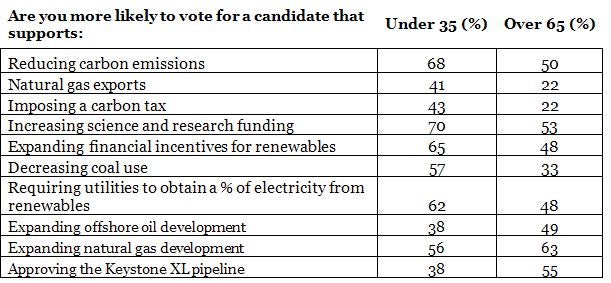Like most Americans, I’ve bought a few things over the past week: a few shrubs to plant in the backyard, brake cables for my bike and some odds and ends for the new baby we’re expecting in a few weeks.
Each of these items got most of the way to me by riding in the back of a diesel-guzzling tractor-trailer.
Trucks are the main way goods move to market in our country today; 69 percent of freight was carried this way in 2014. Trucking dominates because it is fast, safe, reliable and affordable.
What it’s not – yet – is very fuel-efficient.
The average tractor trailer truck today will burn 20,000 gallons of diesel this year alone – the same volume of fuel used by 50 new passenger cars. Fuel is a top cost for trucking and we pay for it through our everyday purchases.
At the same time, heavy-duty trucks – while making up only 4 percent of registered vehicles – account for 25 percent of vehicle fuel use.
This is why the Obama administration, with important business support, is taking action to tighten fuel-efficiency for heavy-duty vehicles in standards expected to be proposed in the next month.
Trucks spend $135B per year on fuel
The average United States household pays more than $1,100 a year to fuel heavy trucks. That is a lot of money for my family, especially with a second college fund now needed, and it probably is a fair amount for your family, too.
Across our country, the total financial bill exceeds $135 billion annually – and that is in addition to a significant and growing environmental cost.
Every year, our nation’s fleet of big trucks emits the same amount of carbon dioxide as do 130 coal plants. Climate pollution from these trucks is growing fast.
A recent assessment from the U.S. Energy Information Agency projected that greenhouse gas emissions from heavy trucks will increase more than any other single end-use source by 2040.
This is because increased demand for trucking services is projected to greatly exceed improvements in fuel efficiency. Without action, producing and burning fuel in these trucks will account for nearly 30 percent of transportation related greenhouse gas emissions in 2040.
$400 in annual household savings
President Obama’s call in early 2014 for a new round of fuel efficiency and greenhouse gas standards for our nation’s biggest trucks is a once-in-a-generation opportunity to dramatically alter course.
We have the technology today to cost-effectively cut fuel consumption by 40 percent and a regulatory framework that is already producing impressive results. A recent assessmentby the International Council on Clean Transportation found that advanced efficiency technologies, now emerging in the marketplace, can double heavy truck fuel economy with payback periods of 18 months or less in the 2025 to 2030 time frame.
Households and businesses will immediately benefit from the new truck efficiency standards.
U.S. households, alone, stand to save more than $400 a yearas the fuel efficiency solutions are scaled up. This will produce an annual economic benefit of $50 billion dollars.
Businesses that rely on trucks to bring their products to market, meanwhile, could see freight costs drop by as much as 7 percent.
The standards will also avoid 270 million tons of greenhouse gas emissions annually, cut emissions of criteria pollutants and air toxics from fuel production and combustion, and reduce oil consumption by 1.4 million barrels a day – or more than we import from Saudi Arabia each year.
The protective standards make sense for consumers, families, businesses, trucking companies and the Earth. Sounds like a win to me.















